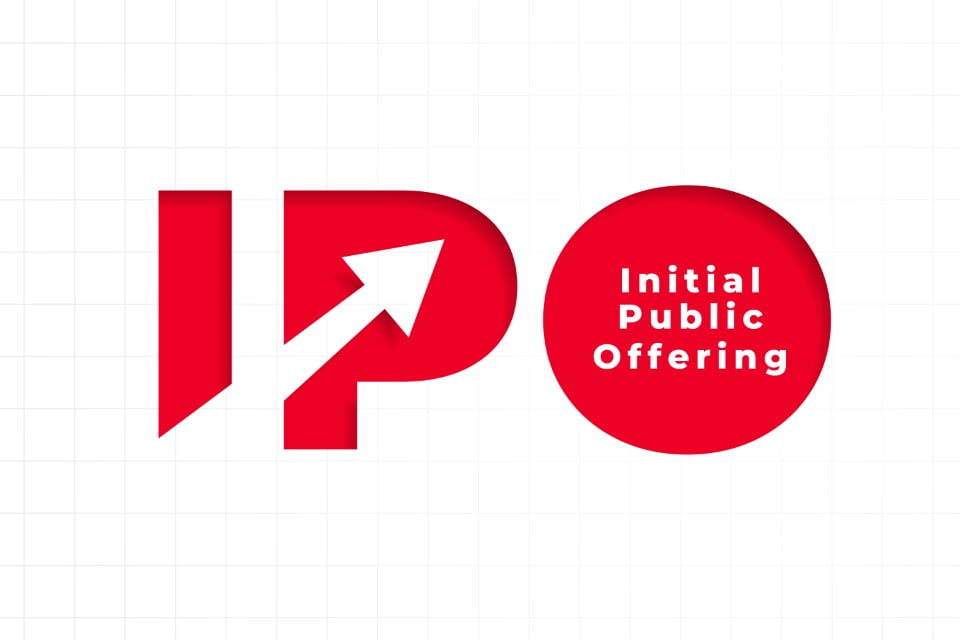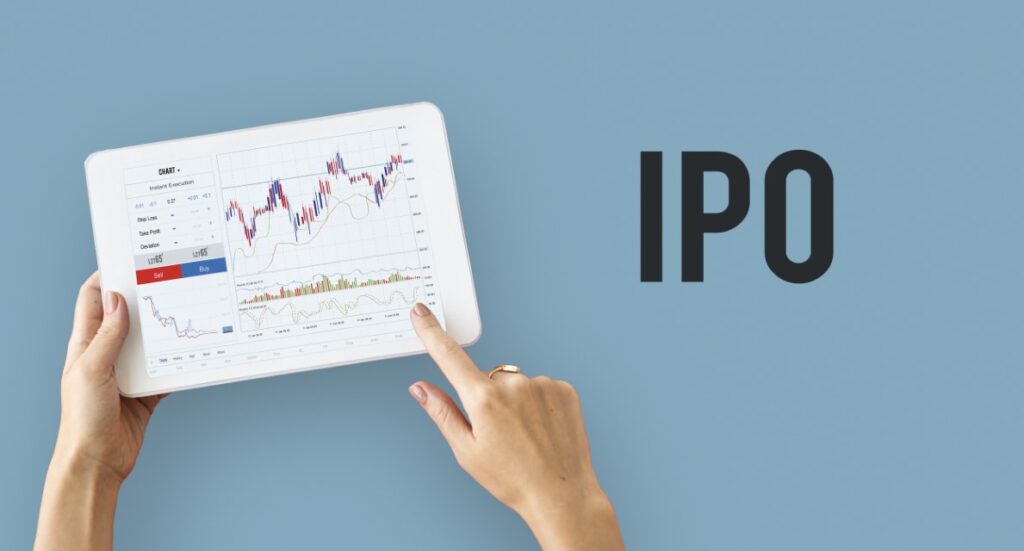An Initial Public Offering (IPO) may be a good way for you to trade in the stock market. But before putting money into an IPO, it’s important to know what it is, how it works, and the risks and benefits. We’ll learn about IPOs, their goals, how to invest in an IPO, and more in this book. Let’s start.
Table of Contents
What is an IPO?
When a company sells shares of its stock to the public for the first time, it’s called an initial public offering (IPO). This helps the company earn money. Put another way, it’s the first time a company sells stock to the public. Because of this, the business can get money from more types of buyers than it could from private investors.
First Public Offering (IPO): How Does It Work?
Companies that go public through an IPO can get money from investors, which helps them grow and expand. This means that if a company wants to go public, it can get enough money from investors. This helps the business get cash to grow. People who buy these shares can also make money if the business does well. In this case, everyone wins: buyers get money to grow their businesses, and businesses get money to grow.
Important Point:
When a company goes public and sells shares of stock to everyone, this is called an initial public offering (IPO). This gives the business a way to get more money for growth, settle debt, or give current shareholders cash.
One big benefit of an IPO is that it gives the company access to a bigger group of potential investors. These investors can give the company money and cash. It also makes the company more well-known, which can help people recognize the brand and trust it more.
Underwriting, a tour, and setting prices are all parts of the IPO process. Picking an investment bank to handle the IPO process is part of underwriting. A roadshow is a marketing campaign used to get possible investors interested, and pricing is the process of setting the price of the first shares of stock.

People can make a lot of money with IPOs, but there are also risks. Shareholders may look at the company more closely and put more pressure on it, and there is no promise that it will do well in the public markets. IPOs can also be pricey and take a lot of time.
Related Post: 7 Simple Steps to Start Investing in Stocks: Your Beginner’s Guide to Financial Growth
Are you thinking about going public for the first time (IPO)? With an IPO, you can let anyone invest in your business. What do you need to know about the IPO process, though? Learn more by reading this.
How does the IPO Work?
Getting ready: The path to an IPO begins a long time before the sale itself. The business needs to do a lot of work to get ready, like making its management team stronger, making sure it has good financial reporting tools, and usually, making money.
Underwriting: Picking an underwriter, usually an investing bank, is a big part of the IPO process. The underwriter helps the company decide what kind of stock to sell, how much to sell it for, and when to release it to the market.
Regulatory Compliance: It is very important to follow the rules set by regulators. The business needs to make a registration statement with a prospectus and send it to the right governing body. The prospectus goes into great detail about the business plan, finances, and risks of the company.
Pricing: The final price of the sale is set the night before the IPO. This price is based on things like how much the company is worth, how the market is doing, and how interested investors are.
Going Public and Trading: The company’s stock is put on the stock market and sold to the public once the offering is approved by the regulatory body. This is the legal day that the company starts trading on the stock market.
Putting money into IPOs:
Looking at IPO prospectuses: figuring out the finances, risks, and market strategies
Disclosures about money:
- Look at the profitability ratios, cost structure, and revenue increase.
- To find out how healthy your finances are, look at your cash flow and working capital.
Danger Signs:
- Find the market, legal, and business dangers that were mentioned in the prospectus.
- Think about how it might affect the business’s operations and success.
Plans for the market:
- Learn about the business plan and competitive edge of the company.
- Look at your distribution channels, market penetration tactics, and growth goals.
IPO Valuation Methods: How to Figure Out Prices and Evaluate?
What It’s Worth
As a private investor, you should be able to figure out how much the IPOs are worth. Here are some ways to get a better idea of how much the IPO is worth and figure out if it is overvalued or cheap.
Methods of Valuation:
Comparable Company Analysis (CCA): This method looks at similar publicly traded companies in the same field and compares the IPO company’s financial metrics (revenue, earnings, and growth rates) to those of those companies. Investors can figure out how much the IPO business is worth by looking at valuation multiples such as the price-to-earnings (P/E) ratio, the price-to-sales (P/S) ratio, or the enterprise value-to-EBITDA (EV/EBITDA) ratio.
Price-to-Earnings (P/E) Ratio:
The P/E ratio is a common way to figure out how much something is worth. It looks at how much a company’s shares are worth and how much money they make per share (EPS). If the P/E ratio is high, it means that investors are willing to pay more for the company’s projected earnings growth in the future.

On the other hand, a smaller P/E ratio could mean that the company is undervalued compared to how much money it could make. For context, it is important to compare the IPO company’s P/E ratio to averages from the past and companies in the same field.
Other Things to Think About:
Growth Potential: It is important to look at the IPO company’s growth potential. Companies with strong growth possibilities may be worth more, while companies with uncertain growth paths may be riskier.
Market Conditions: The way investors feel and the state of the market can affect the price of an IPO. When markets are rising, IPO prices may be set more aggressively. When markets are falling, prices may be set more conservatively.
Is there something else besides an IPO?
There are other ways for private companies to go public besides an IPO. A merger and purchase (M&A) of the company is the other main way to get out of the business. In these deals, the business sells itself to a bigger business or a financial buyer, like a private equity firm. In recent years, direct sales and SPAC mergers have also become popular ways to get out of a business.
Take note
You can get more exposure to an IPO more easily if you invest in an exchange-traded fund (ETF) or a mutual fund. These funds may buy shares of an IPO.

When a stock goes public, people who worked for the company and owned shares in the stock may be bound by a lockup deal that stops them from selling their shares for a set amount of time, usually 180 days. The insiders are only rich on paper until then
They often sell everything at once as soon as they can. The stock price goes down because of this. At that point, when a lot of shares hit the market, regular buyers often get their first chance to buy into what is now an IPO that is still very young.
In Short
IPOs are usually riskier for investors because the companies are new and private, and investors don’t have access to the trading records that they need. However, IPO investments can bring in a lot of money if you play your cards right. Just make sure you know enough about selling stocks before you send in your money.
